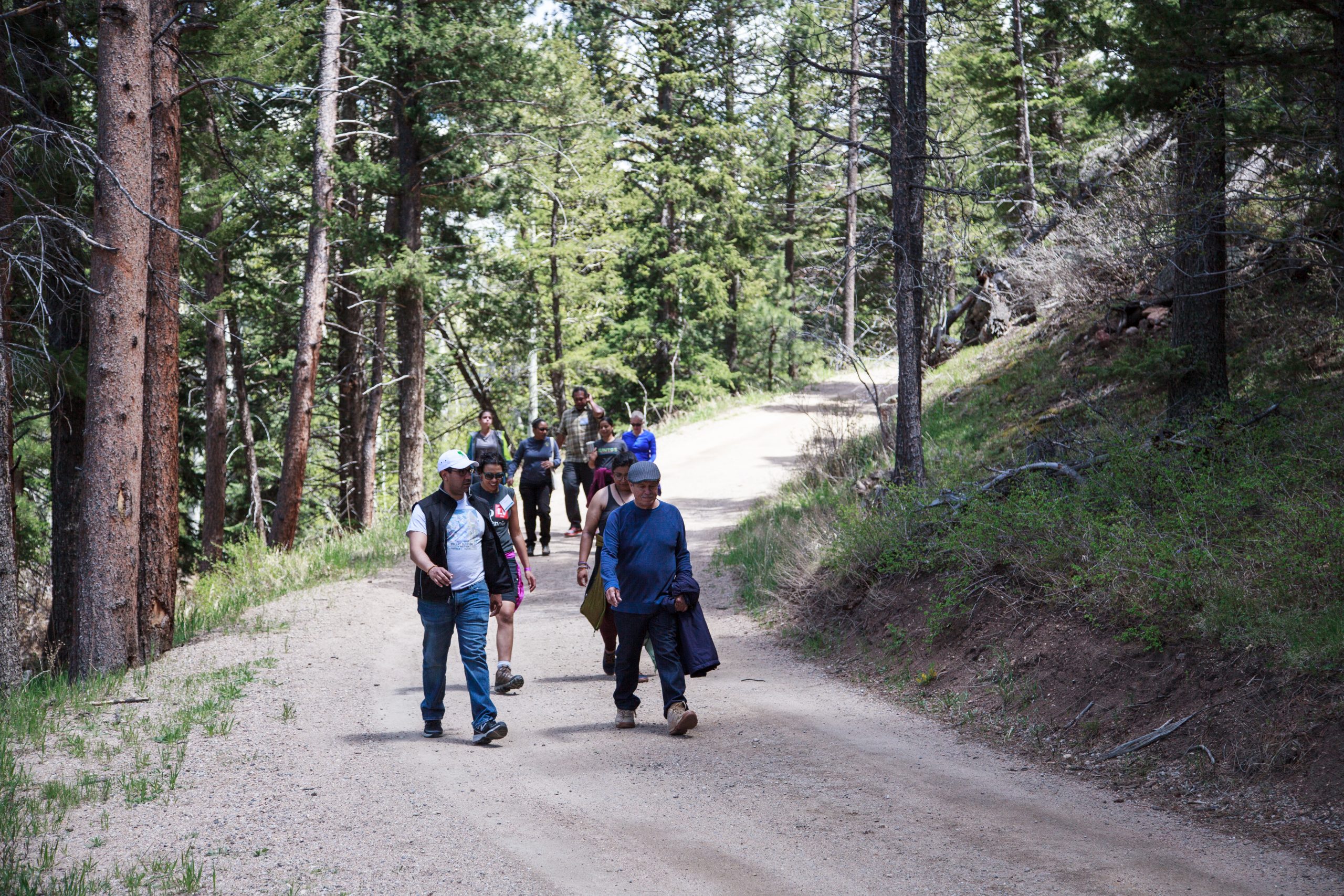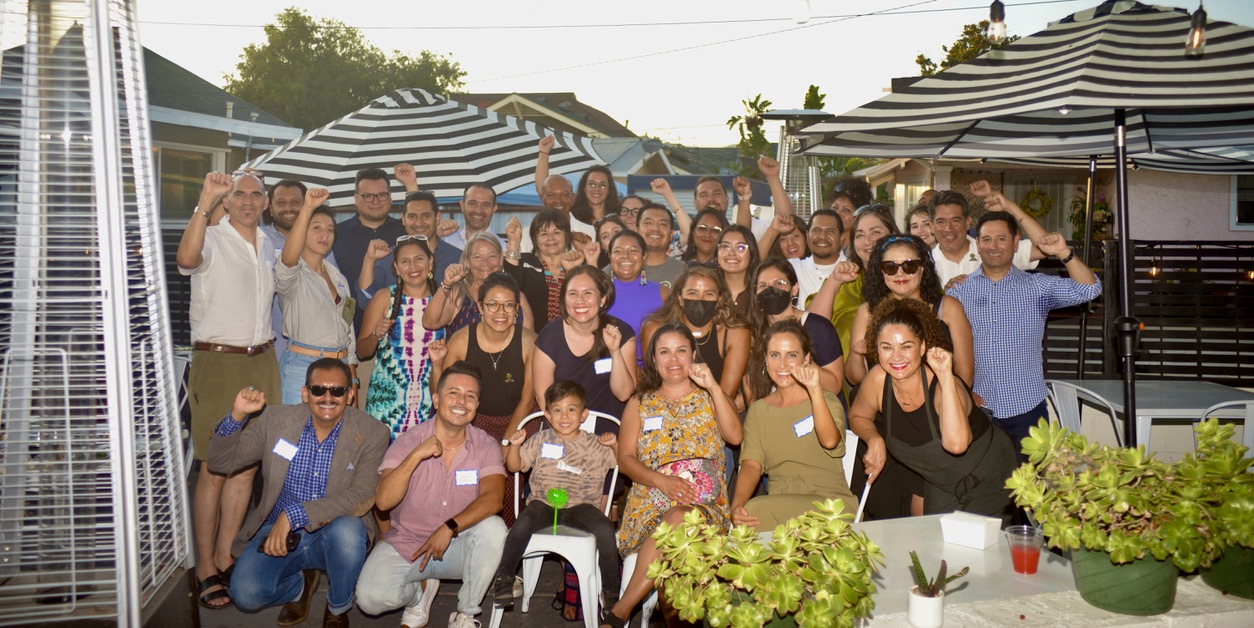135 years ago on October 1, an Act of Congress established Yosemite National Park making it the third national park designated after Yellowstone and Sequoia. There, the first Latino National Park Service employee of El Salvadoran heritage joined the Park Service as an Assistant Park Naturalist in 1927: George Meléndez Wright. At 23 years old, Melendéz Wright wrote park history articles, taught field classes, and helped establish the Yosemite Museum.
At the time that Meléndez Wright started his career in national park stewardship, the National Park Service managed Yosemite more like an amusement park than a living ecosystem and cultural landscape. The Park Service once allowed visitors to feed bears–a tourist attraction that undermined the safety of visitors and wildlife alike. Meléndez Wright spoke out against this practice, urging the importance of scientific observation and data to steward our national parks.
By 1928 with a year of public service under his belt, Meléndez Wright sought out to make right the Park Service’s lack of wildlife management strategies. He conducted the first wildlife inventory and established the National Park Service’s first wildlife management plan titled, Fauna No. 1. That plan and a subsequent wildlife survey and management plan, Fauna No. 2, would guide the National Park Service Wildlife Division for years after his untimely death in 1936.
While endeavoring to complete these novel wildlife inventories, the Congressionally authorized budget fell short. Meléndez Wright was so committed to biological well being in national parks that he used more than half of his own wealth to finish the surveys and pay the salaries of his biology team.
Through these wildlife inventories, Meléndez Wright’s management plans led to novel policies in national park management: an end to the bear feeding attractions, stewardship of fallen trees and snags as habitat and food sources for symbiotic wildlife, reintroduction of native species exterminated from a park, protections for predatory species to predate upon other animals in the park, and more.
With these policies, Melendéz Wright made the case for the establishment of the Wildlife Division at the National Park Service. He led the Wildlife Division until President Roosevelt appointed him to head the Natural Resources Board in 1934 to integrate biology, zoology and more biological sciences in Parks across the country, and research areas that would ultimately become national parks, like the Everglades in Florida and Big Bend in Texas.
George Meléndez Wright’s life work modernized the National Park Service, transforming the agency into a better steward of the ecosystems where national parks belong. But today, there is not a single place at Yosemite National Park commemorating Melendéz Wright’s legacy. No exhibits, no signage, and no storytelling infrastructure recount the remarkable sacrifices and contributions Melendéz Wright offered our nation.
Amid another MAGA Republican government shutdown, the forced resignation of more than 100,000 public servants on September 30th, the looming threat of increased reductions in federal labor force, and the ongoing erasure of historical and climate change interpretation at national park units, it could not be more clear that the Trump Administration’s aim is to dismantle the function of public lands nationwide: to allow us to keep calling the United States and territories home. Because national parks and the diverse array of public lands nationwide retain their wild, scenic, and historic characteristics, we get the benefit of remaining in right relationship with the natural world and we instill a sense of belonging in this nation for everyone.
Melendéz Wright, the first Latino National Park Service employee and the father of wildlife stewardship at the park service deserves to be remembered. Through honoring his contributions, and defending the role of the park service in recording history, telling our stories, and caring for nature, we can protect public lands for the next 135 years and beyond.




